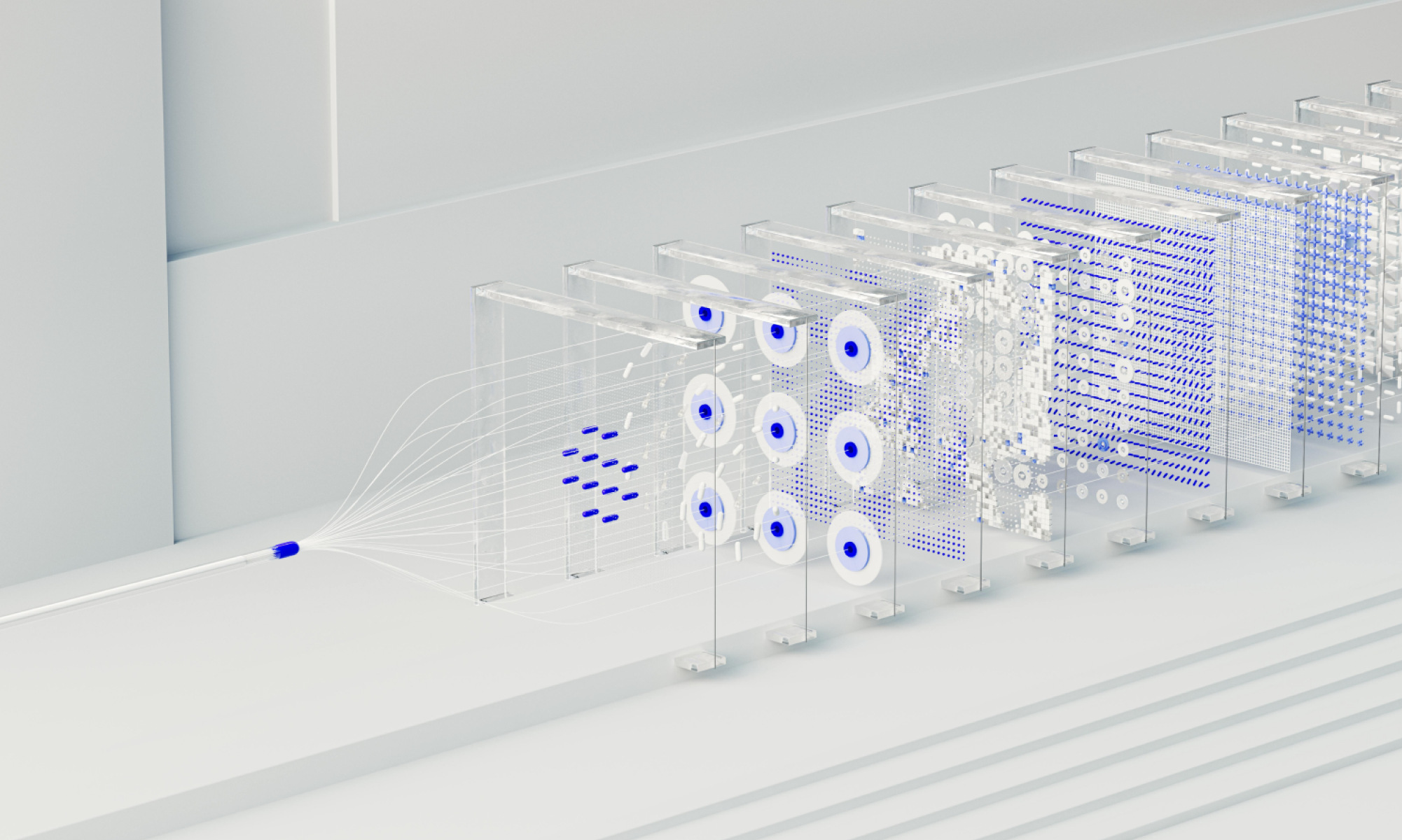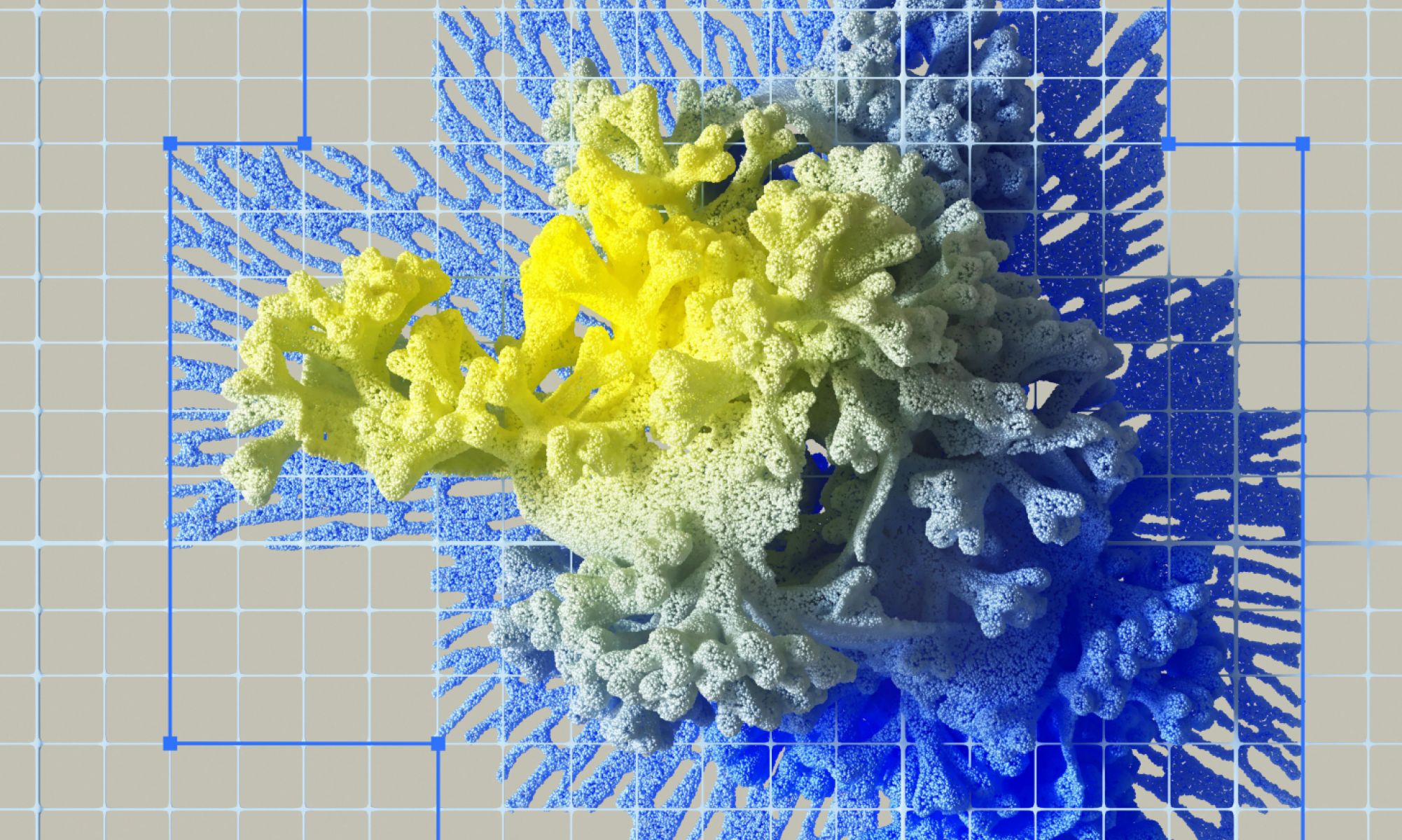AI
our blog
Master Gestalt Theory and Principles for Effective Design Implementation

Overview
Gestalt theory and its principles are pivotal for effective design implementation. They empower designers to create user-friendly and cohesive interfaces by elucidating how visual information is perceived as a unified whole. By applying principles such as:
- Proximity
- Similarity
- Closure
Designers can significantly enhance clarity and user experience. This leads to more intuitive interactions, ultimately benefiting both the user and the design process. It is essential for designers to integrate these principles into their work to foster improved usability and engagement.
Introduction
Gestalt theory, rooted in early 20th-century psychology, reveals how individuals perceive visual compositions as unified wholes rather than mere collections of individual elements. This understanding is essential for designers who aim to create intuitive and engaging user experiences, guiding critical decisions on layout, color, and typography.
However, as designers seek to harness these principles, they often encounter challenges that can hinder effective implementation. How can one navigate these obstacles to fully leverage Gestalt principles for superior design outcomes?
Understand Gestalt Theory and Its Relevance to Design
Gestalt theory and principles, which emerged from early 20th-century psychology, suggest that the entirety of a composition is perceived in a manner distinct from the mere sum of its parts. This principle is crucial for creators, as it aids in understanding how individuals interpret visual information.
By identifying patterns and systematically organizing elements, designers can craft interfaces that are not only effective but also user-friendly. Recognizing the implications of gestalt theory and principles is vital for anyone aiming to elevate their design capabilities, as it directly influences decisions regarding layout, color, and typography.
Ultimately, this understanding fosters a more cohesive user experience.

Explore the Key Gestalt Principles of Design
The key Gestalt principles are fundamental to design and include several crucial concepts:
-
Proximity: Elements that are close together are perceived as related. This principle can be effectively applied to categorize related items, thereby enhancing clarity within the design.
-
Similarity: Similar elements are seen as part of a group. By employing consistent colors or shapes, designers can create visual harmony, fostering a cohesive user experience.
-
Closure: The mind naturally fills in gaps to create a complete image. Designers can leverage this principle to guide individuals' perceptions and shape their expectations, enhancing the overall interaction.
-
Continuity: The eye instinctively follows lines and curves. By applying this concept, designers can generate flow in their designs, effectively guiding users through the content.
-
Figure-Ground: This principle aids in differentiating between the primary subject and the background. Effective use of contrast can significantly enhance focus on key elements, ensuring they stand out.
Comprehending gestalt theory and principles enables designers to create more intuitive and engaging interfaces, which ultimately leads to improved user satisfaction and interaction.
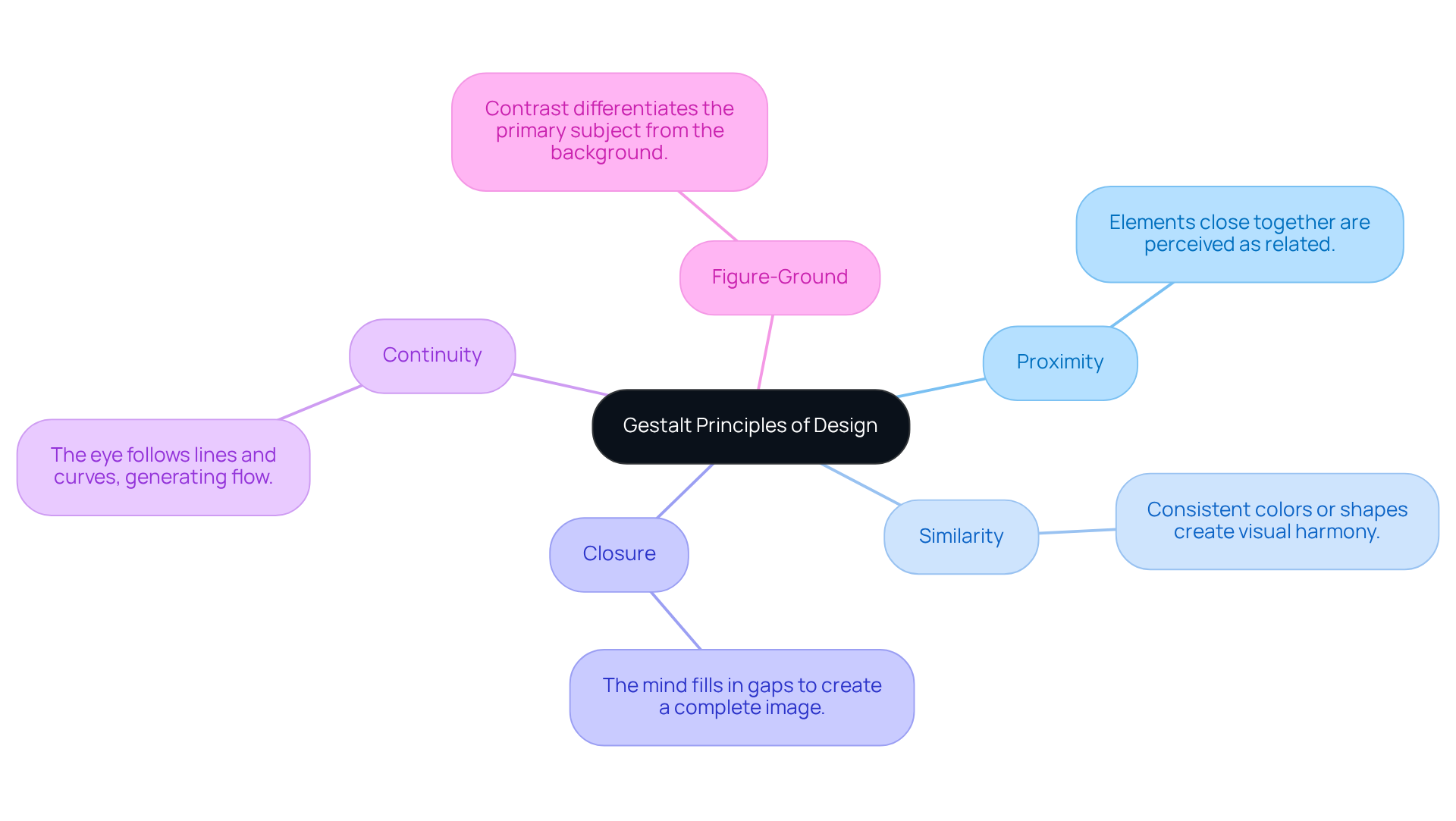
Implement Gestalt Principles in Your Design Process
To effectively implement Gestalt principles in your design process, it is essential to follow these steps:
-
Conduct User Research: Begin by understanding your target audience's needs and preferences. This foundational step informs how you apply gestalt theory and principles, which ultimately enhances usability.
-
Create Wireframes: Start with low-fidelity wireframes to outline your concept. Focus on grouping elements based on proximity and similarity, which are key aspects of gestalt theory and principles.
-
Apply Visual Hierarchy: Utilize size, color, and contrast to establish a clear visual hierarchy. This approach assists individuals in navigating your layout instinctively, ensuring a more intuitive user experience.
-
Iterate Based on Input: Share your designs with individuals and gather feedback. Observe how they interact with your creation to identify areas for enhancement, fostering a user-centered design approach.
-
Polish and Complete: Integrate the feedback received and refine your creation. Ensure that the application of gestalt theory and principles significantly improves the overall experience for users.
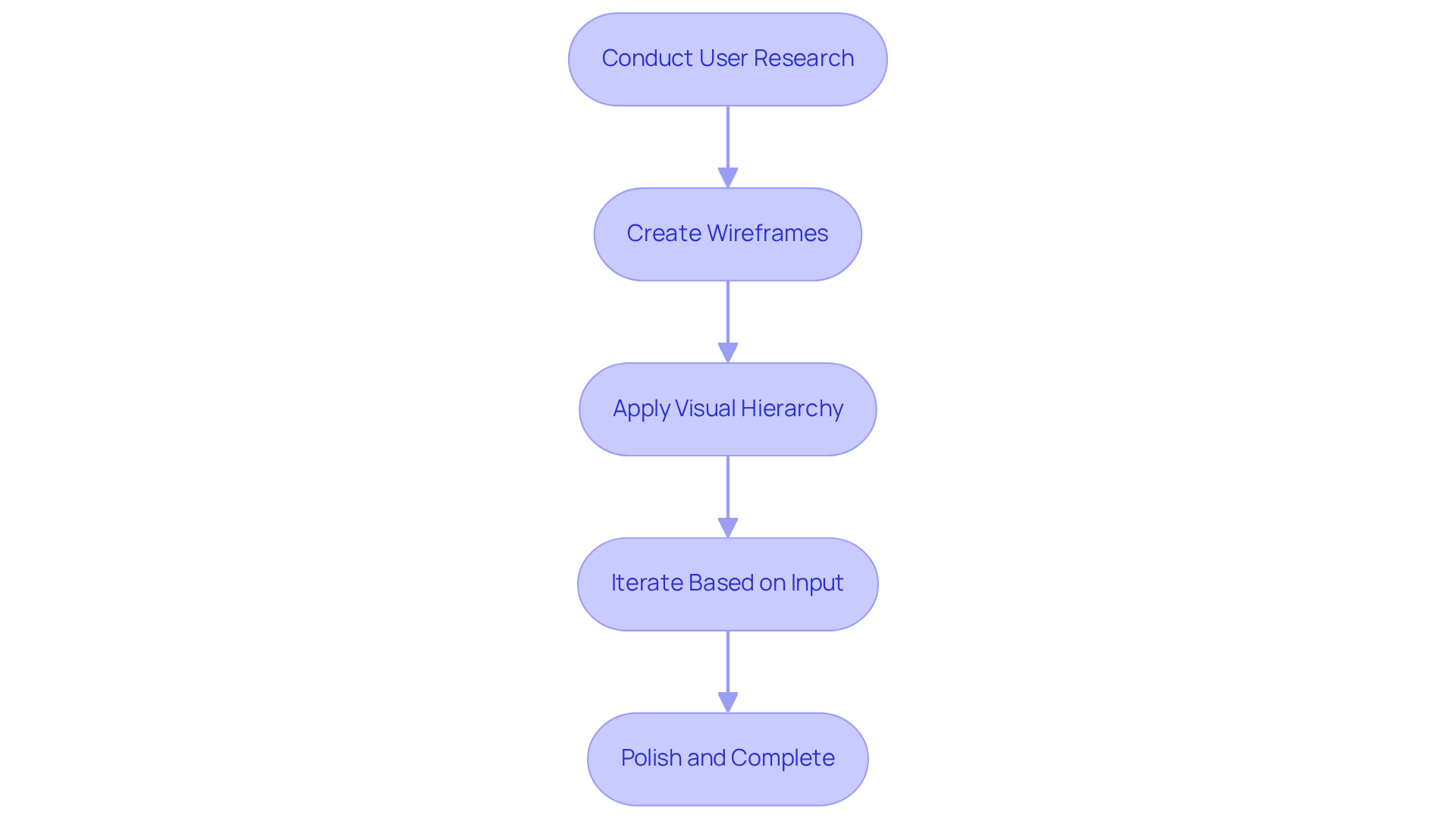
Overcome Challenges in Applying Gestalt Principles
Implementing gestalt theory and principles can significantly enhance effectiveness in design, but several challenges may arise. Here are strategies to navigate these common issues:
-
Overcomplicating Designs: To avoid clutter, focus on essential elements and strategically leverage white space. Research indicates that effective use of white space can greatly enhance clarity, facilitating user navigation and comprehension. Furthermore, with 71% of marketers anticipating a fivefold increase in content requirements by 2027, simplifying layouts becomes increasingly essential.
-
Misunderstanding of Concepts: A comprehensive understanding of gestalt theory and principles is vital. Utilize clear examples and case studies, such as Ikea's effective application of the Proximity principle in web design, to illustrate their practical application and clarify potential misunderstandings. This case study demonstrates how grouping related elements can significantly improve user experience.
-
Balancing Aesthetics and Functionality: Achieving a balance between visual appeal and usability is crucial. Conduct participant testing to ensure that aesthetic choices do not compromise functionality. For instance, Amazon's checkout process exemplifies a natural left-to-right progression that enhances the user experience without sacrificing quality. Incorporating visual indicators, such as arrows or progress bars, can further assist in guiding users effectively through processes.
-
Resistance to Change: Stakeholders may exhibit reluctance to adopt new development methodologies. Provide persuasive information and feedback from users to support your design decisions, highlighting the benefits of applying perceptual organization concepts. Demonstrating the positive impact of these concepts on user engagement and satisfaction can help mitigate concerns. As Mohit Sahu notes, utilizing holistic concepts is essential for designing intuitive experiences.
By proactively addressing these challenges, you can effectively apply gestalt theory and principles to create designs that are not only visually appealing but also user-friendly and impactful.
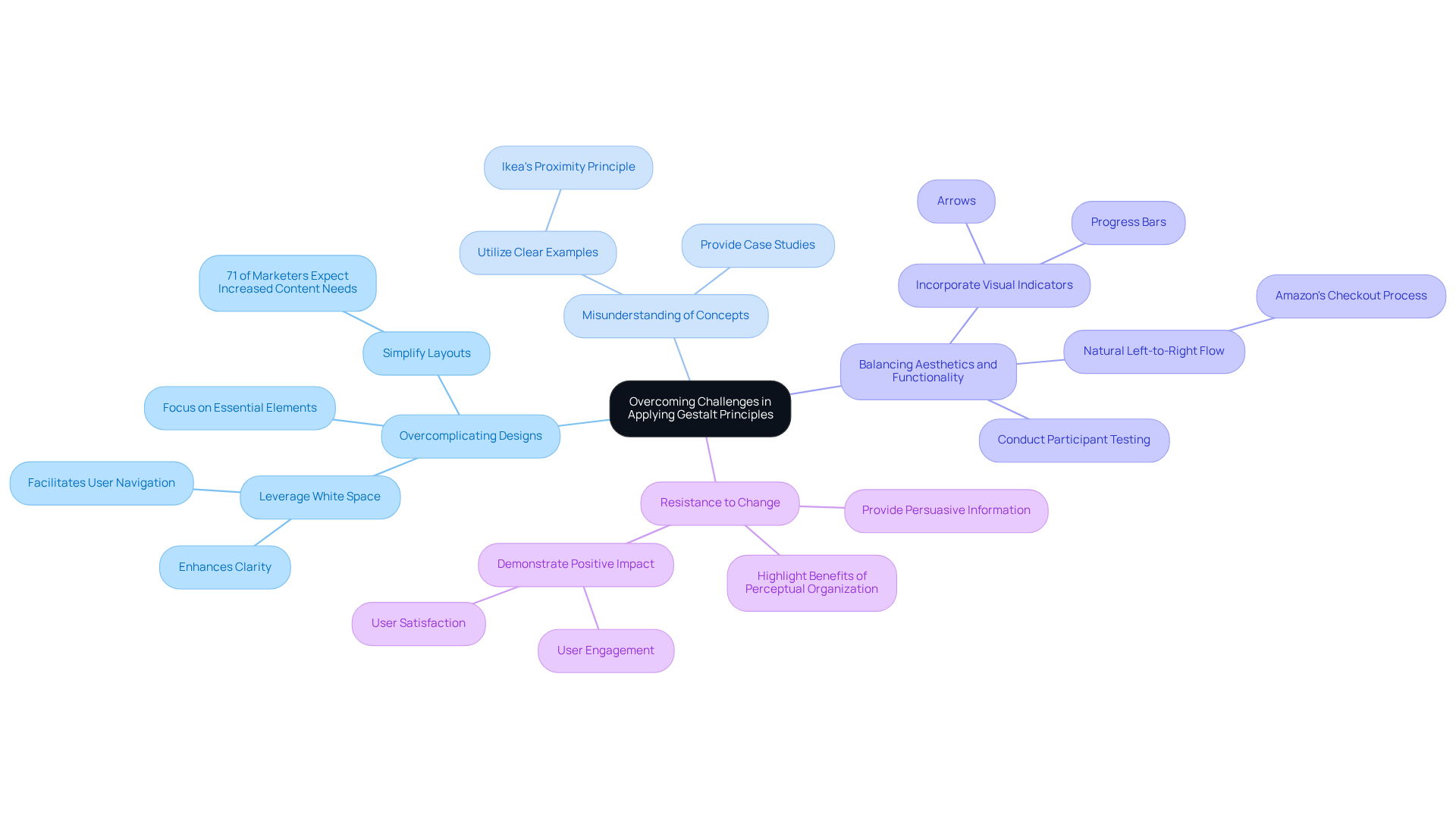
Conclusion
Mastering and implementing Gestalt theory and its principles is crucial for developing designs that are both effective and user-friendly. By understanding how individuals perceive visual information holistically rather than as isolated elements, designers can significantly improve user experiences. This comprehensive approach not only guides design decisions related to layout, color, and typography but also ensures that the final product resonates with users on a profound level.
This article explores the fundamental principles of Gestalt theory, including:
- Proximity
- Similarity
- Closure
- Continuity
- Figure-ground
Each principle offers valuable insights into organizing design elements to promote clarity and coherence. Furthermore, practical steps for applying these principles—such as conducting user research, creating wireframes, and iterating based on feedback—are emphasized. Challenges like overcomplicating designs, misinterpreting concepts, and balancing aesthetics with functionality are also discussed, along with effective strategies to navigate these obstacles.
Adopting Gestalt principles transcends mere aesthetic considerations; it focuses on crafting intuitive experiences that engage users meaningfully. Designers are urged to integrate these insights into their work, ensuring that every element contributes to a seamless and satisfying user journey. By prioritizing a user-centered approach and addressing the challenges linked to applying Gestalt theory, designers can elevate their practice and create impactful designs that resonate deeply with their audiences.



